|
Couroc of Monterey was started in Monterey, California in 1948 by Guthrie Sayle Courvoisier and his wife of 7 years (they were married in 1941) Moira Wallace. If the name Courvoisier sounds familiar, it may be from Disney animation cels as Guthrie was the first art dealer to recognize the value in Disney animation cels and brought them to market through his art gallery, Courvoisier Galleries in San Francisco. Early Courvoisier cels are still the most valued animation cels on the market. His wife, Moira Wallace, was an artist at Disney Studios in Burbank. As chief designer for Couroc, she conceptualized many of the Couroc motifs, as well as worked on some of the inlay techniques involving woods, metals, shells, coins, plants, and crystals. Some of the coral and shells used for inlay were sourced along the Pacific coast in Monterey. The abalone, coral, and seaweed used was collected by skin divers among the rugged rocks along the Monterey Coast. In fact, a Couroc tray called "Tide Pool" was designed in the 1950s and became a popular design. It was inlaid with items gathered locally. Couroc employed many artists who were creative with their inlay techniques, especially the early motifs made with common items like springs, screws, glitter, safety pins and paper clips. Moira employed some of her friends to inlay the early pieces. The craftsmen (Couroc term from one of their labels) signed their work sometimes, including Moira. Look for wares signed by SFB Morse, Moira Wallace, and Pat. Also look for popular wares that depict landmarks, community mascots, and company logos like the coveted Capital Records tray featuring album covers ( yes, please! ). I read a post on Couroc mentioning a remembrance of Couroc plates featuring a gray cat with blue nails - Charlie, the cat at Holman's Department Store in Pacific Grove, California. The Couroc themes are many and interesting and Couroc knew this as they marketed their wares in high-end department stores with the phrase, "Any tray can serve a drink. Only Couroc can start a conversation." Couroc wares were constructed of black phenolic resin developed by Courvoisier, which, as Couroc marketed, is impervious to alcohol, boiling water, alkalis, acids, and cigarette burns. Courvoisier gained experience working with plastics during World War II when he was a contractor who manufactured plastic parts for military aircraft. Post-war, Guthrie and Moira decided to create well-designed and sturdy household items. The first items, mostly bowls and cake plates, were made with a heavy translucent thermoplastic material that was prone to shattering. Because the company name was a portmanteau of the first part of the Courvoisier name with "roc", as in "hard as rock", these did not work as representations of Couroc wares, even though they were marketed with the Couroc of Monterey label. Further experimentation through the years resulted in formulas more effective for hardy, long-lasting products. Couroc wares were not cheap. They were popular for gift giving. I read a post from someone who had worked in a California department store in the 1970s, which was the most successful sales decade for Couroc, where they recalled dusting the Couroc more than selling it. Markets were different, as they are today, so that likely more sold in one region over another. Also, it became obvious by the 1980s and through the 1990s that corporate orders made up a good chunk of Couroc's income as they cut back on creating goods for public consumption and focused on promotional and commemorative items. These items were created for companies to use as convention giveaways, employee gifts, customer appreciation gifts, promotions, etc., such as bowls created for the Coca-Cola company. These had labels on the back that described the scenes on the items and were made for Coca-Cola to give away to their sales staff at annual sales meetings. The label includes the year, the department the item was made for, and usually the location, like New Orleans or Stone Mountain. Identifiers on early Couroc are a white label with green lettering, a disc-shaped foot, and a sharp rectangle shape. In following pieces, the rectangle became oblong with rounded corners. The foot changed from the disc shape to one with a bump at the center to a hollow round. The plates featured curved line feet. The later wares were sold accompanied by a booklet titled, "The Couroc Story: Care and Handling", which advised to not place your Couroc in the dishwasher, particularly the cheese boards which included raised hardwood cutting surfaces of New England Sugar Maple, and do not scour. Hand wash with mild soap and warm water. Dry with a soft cloth. Use metal polish to shine tarnished metals in the inlay. Good tips from Couroc collectors are to use felt plate buffers to prevent scratching if you stack and store your Couroc ware and to use a fine spray oil before use to prevent wear to the finish. To brighten dull finishes, apply a coat of olive oil and let sit overnight, then buff in the morning. The satiny black finish of Couroc ware is a result of buffing. The designs were inlaid in a preform of phenolic resin, then fused into the permanent form under heat and thousands of pounds of pressure. Buffing brought out the the high luster of the phenolic resin. The company closed in 1998 after celebrating their 50th anniversary. Before closing, Couroc offered buffing service for trays that had lost their luster. Couroc left behind thousands of designs, many of which may be seen on the internet. The original pattern books became possessions of later company owners after the deaths of Guthrie in 1966 and Moira in 1979. Beyond phenolic trays, plates, bowls, and boxes, Couroc created old fashioned and double old fashioned drinking glasses featuring motifs to match their trays and plates, ice buckets, and napkins. The Couroc copyright is printed on the glasses. Guthrie Courvoisier, The Courvoisier Art Gallery, and Walt Disney:Guthrie Courvoisier was born March 10, 1903 and graduated in 1921 from Berkeley High School. Guthrie Courvoisier inherited Courvoisier Galleries in San Francisco from his father Ephraim B. Courvoisier when Ephraim retired in 1934. Ephraim established the art gallery in 1905, but Guthrie made it "The First Name In Disney Art". When Walt Disney premiered "Snow White and the Seven Dwarfs" on December 21, 1937, Courvoisier fulfilled an idea that he had of representing a unique line of art by approaching Disney about marketing their animation cels on the fine art market. Disney merchandising executive Herman "Kay" Kamen did not want to grant an exclusivity to Courvoisier, but Kamen did see the marketing potential in selling Disney art as he arranged to test market cels through the St. Louis department store Stix, Baer & Fuller (est. 1892). Courvoisier found out and on April 18, 1938 wrote a letter to Kamen and Walt and Roy Disney arguing that the fine art market would be a more appropriate venue for the cels. Courvoisier wrote, "I believe a larger business can be built on the basis of art than by merely selling the celluloids as pictures which are amusing or suitable for children's rooms." Then he laid out his marketing plan. Courvoisier convinced Roy Disney. As a June 15, 1938 letter from Roy to Kamen tells it: "The entire presentation, atmosphere and build-up and exploitation approach from the department store angle is wrong, if we are to accomplish making this material a subject of recognized art, suitable for collection purposes." On July 19, 1938, Disney granted Courvoisier the exclusive right to market their original animation art. Helen Nerbovig, who worked for Disney from May 2, 1938 to October 28, 1949, directed twenty young women at the Disney Studio in assembling and preparing the art for the gallery. The group was referred to as the Cel Set-Up Department which became the Art Props Department. The animation art sold beyond expectation and it was a challenge to meet the demand of collectors. By August 5, 1938, pre-sale purchases were completed of reportedly 63 pieces with prices ranging from $5.00 to $35.00 and one of Snow White with the animals looking through the window for $50.00. By March 1939, 8,136 cels, 150 backgrounds, 206 story sketches and 500 animation drawings from Snow White had been designated for Courvoisier, and almost 5,000 cels from other Disney productions. Courvoisier managed sales and distribution by commissioning over twenty individuals and galleries between 1939 and 1942 who earned 40% of the selling price of the cels. Of those commissioned, one was philanthropist Edith Adele Wakeman, who donated much of her profit to the many charities she championed. Roy Disney requested Courvoisier take over preparation of cels for sale at the gallery after April 21, 1939. Courvoisier agreed and hired college students to prepare the set-ups. Without access to Disney paints, techniques, and backgrounds, the set-ups were no longer of the high quality collectors expected. Courvoisier began laminating the cels so the paint would not peel. Unfortunately, this process caused the celluloid to warp and a build-up of nitrogen dioxide to occur which accelerated deterioration of the cels. Often the students placed a "WDP" in the lower right hand corner of the backgrounds on these pieces. By June 1939 Courvoisier could no longer keep up with collector demands for original Disney artwork. To help meet demand, Kamen licensed Courvoisier to produce 8x10 lithographs using a six-color process. They were printed by Whitman Publishing Company. They were sold in a cellophane-windowed envelope, complete with mat, wood frame, and glass, with a story about each print. These prints sold for $1.00 to $1.50. The pieces were not hot sellers and by June 1940 the remaining 10,326 prints were sold back to Disney for $516.30. The Courvoisier Gallery closed in 1942 to produce plastic parts for military aircraft, but Courvoisier retained his exclusivity to market Disney animation art until September 30, 1946. During that time they sold multi-plane set-ups from Bambi, promotional cels, dye transfer prints, sketches, drawings, backgrounds, and cels from features and shorts. To see how Guthrie Courvoisier's vision of animation art as fine art affected art dealers and animators, I suggest reading the article "Revisiting 1981: Disney Animations and Animators at the Whitney Museum" by John Canemaker. Guthrie Courvoisier and Walt Disney died in December of 1966, Guthrie on the 1st and Walt on the 15th. Guthrie was 63 years old. Moira Wallace:Moira is a California native, the first child born at the bohemian art colony of Carmel on April 2, 1910.
She was a child prodigy and at the age of 11, in 1921, earned money to study with Fred Gray at the Carmel Arts & Crafts Club. In 1923, at age 13, Moira had 24 drawings published in the San Francisco Chronicle. She attended high school at the Dominican Convent in San Rafael and graduated from Carmel High School, then studied art in San Francisco with Armin Hansen and Maurice Sterne. Moira worked for Foster & Kleiser Billboards during the 1920s. At the age of 16, in 1927, Moira held her first one-woman art show at Gump's San Francisco. Through the years she exhibited her work at the SFAA (San Francisco Art Association), the Carmel Museum in 1967, and other venues. She completed murals for the Naval Postgraduate School in Monterey, Carmel High School, and the Mark Hopkins Hotel in San Francisco. During World War II, Moira was a drama and movie critic for the San Francisco Examiner. Some of Moira's graphite illustrations are in the collection of The Fine Arts Museums of San Francisco. Her 1935 linocut "Struggling Angel" is available through The Annex Galleries. A portrait of Moira is depicted in a mural of San Francisco's personalities at the Coit Tower. Moira died on January 15, 1979 on the Monterey Peninsula.
12 Comments
|
AuthorDawn Torres-Reyes: writer of published articles, blog entries, and poetry. Past author of the national blog "Pieces of the Past". To submit a question or subject for the blog, email [email protected] Categories
All
|
|
Creative and Content Copyrights held by ISA IMPORTS
|
Web Hosting by iPage
|
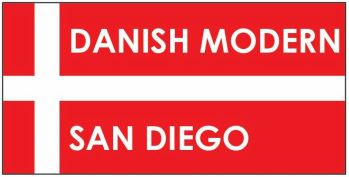

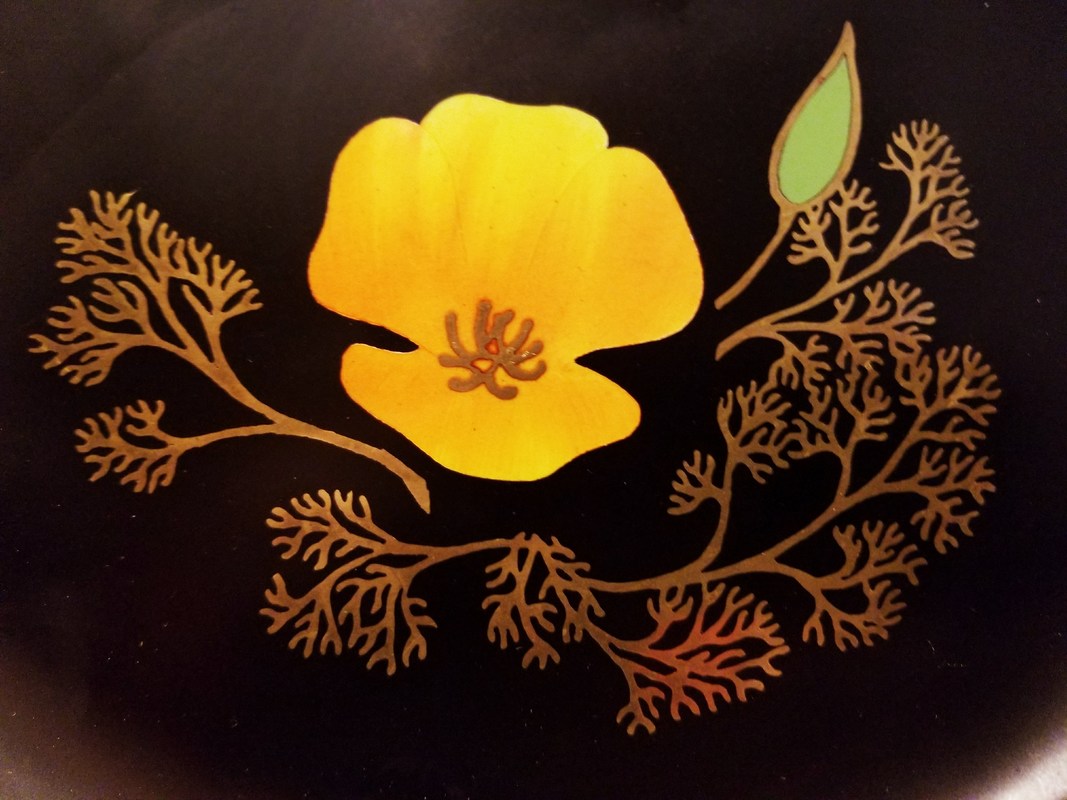
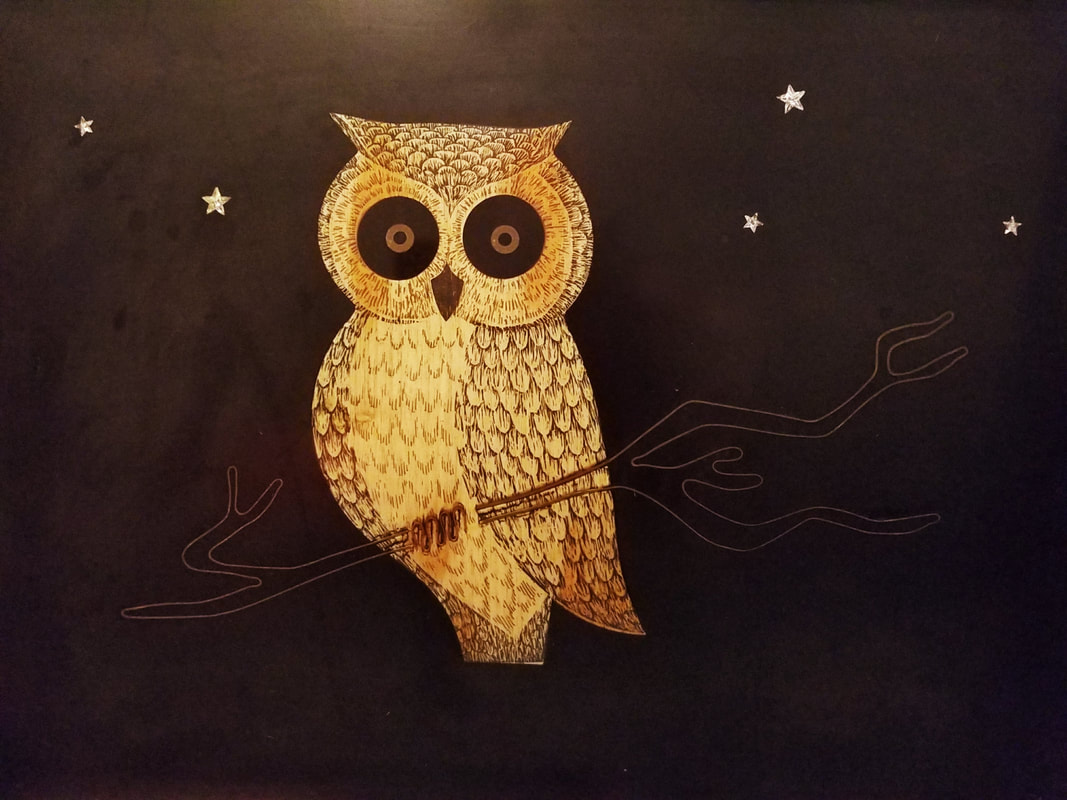
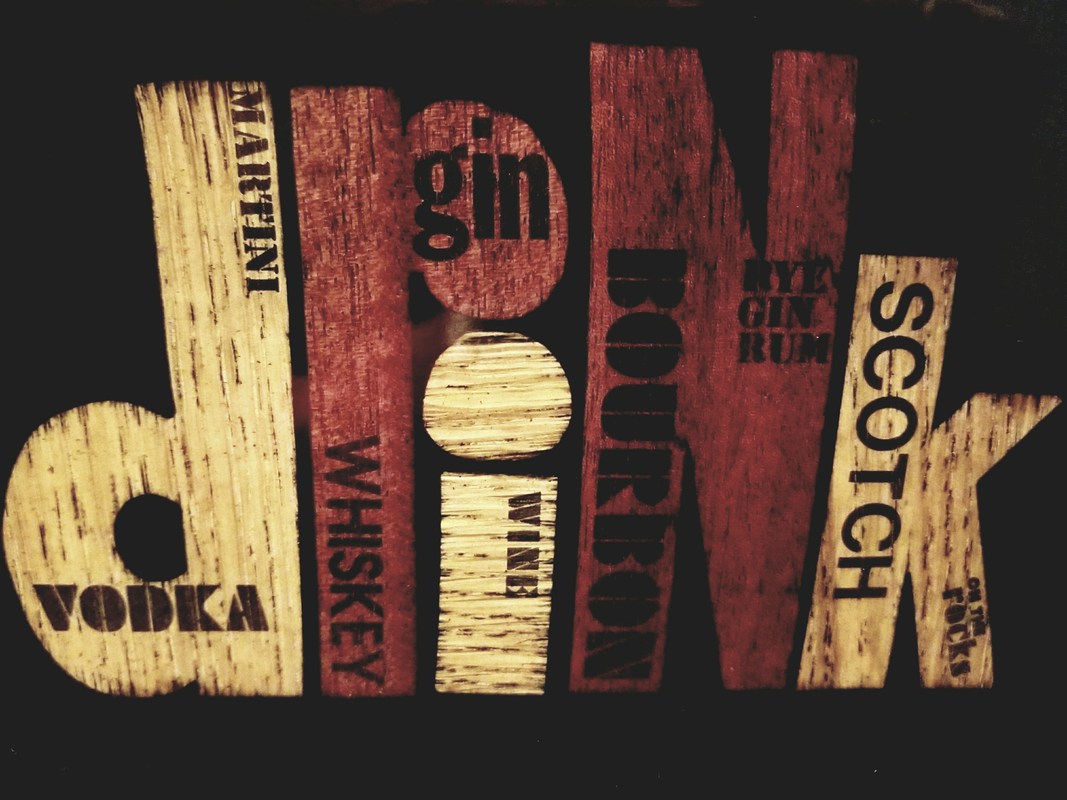

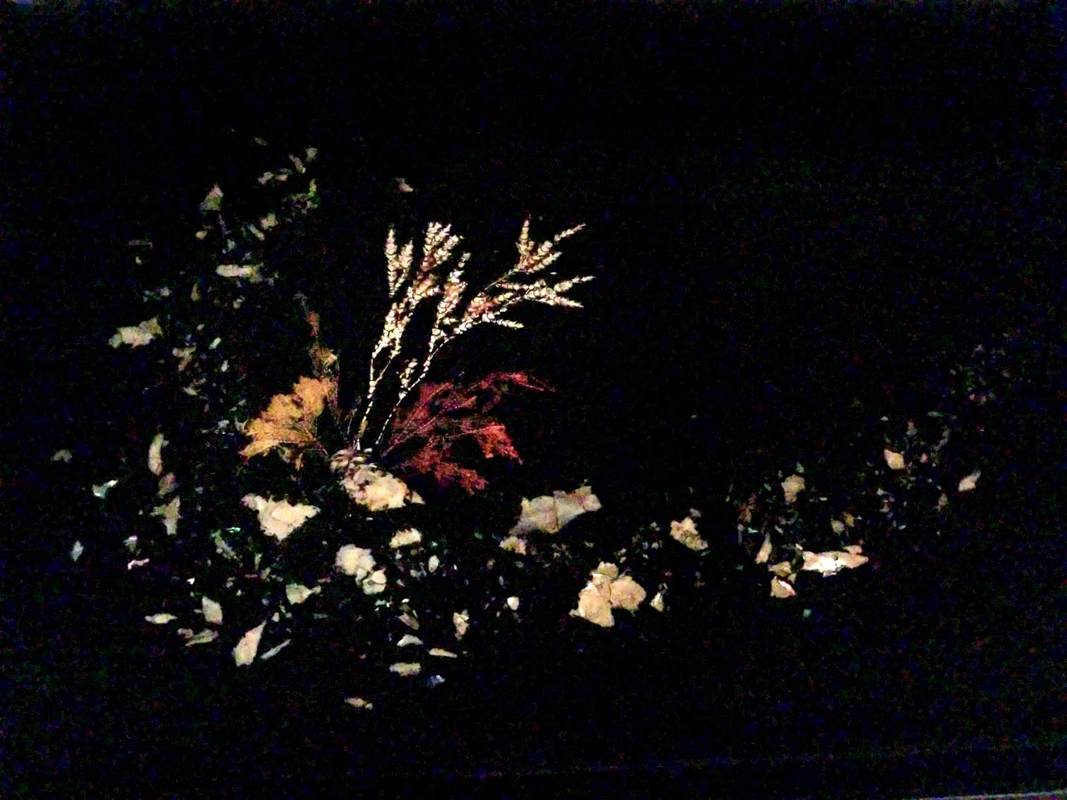
 RSS Feed
RSS Feed